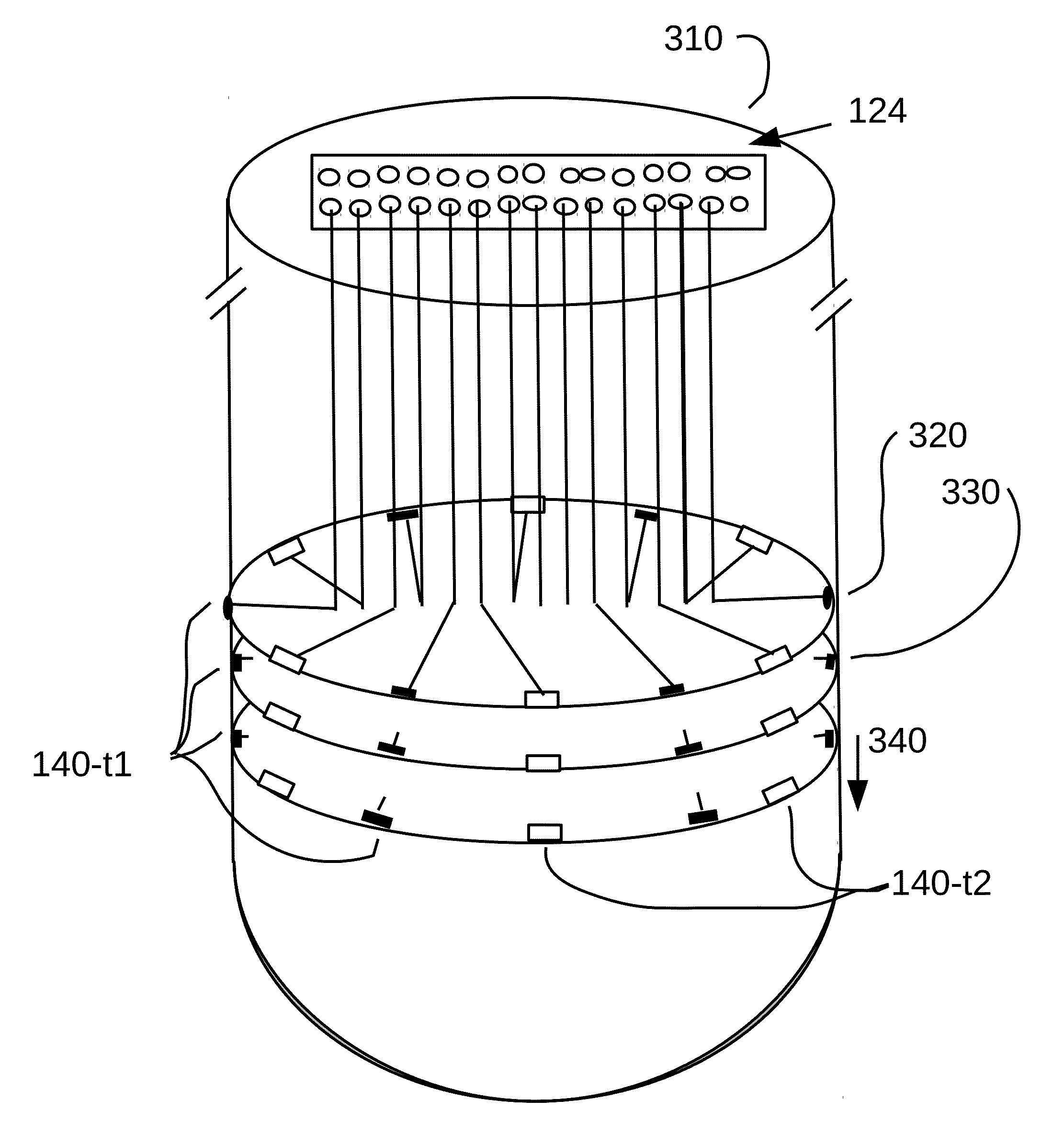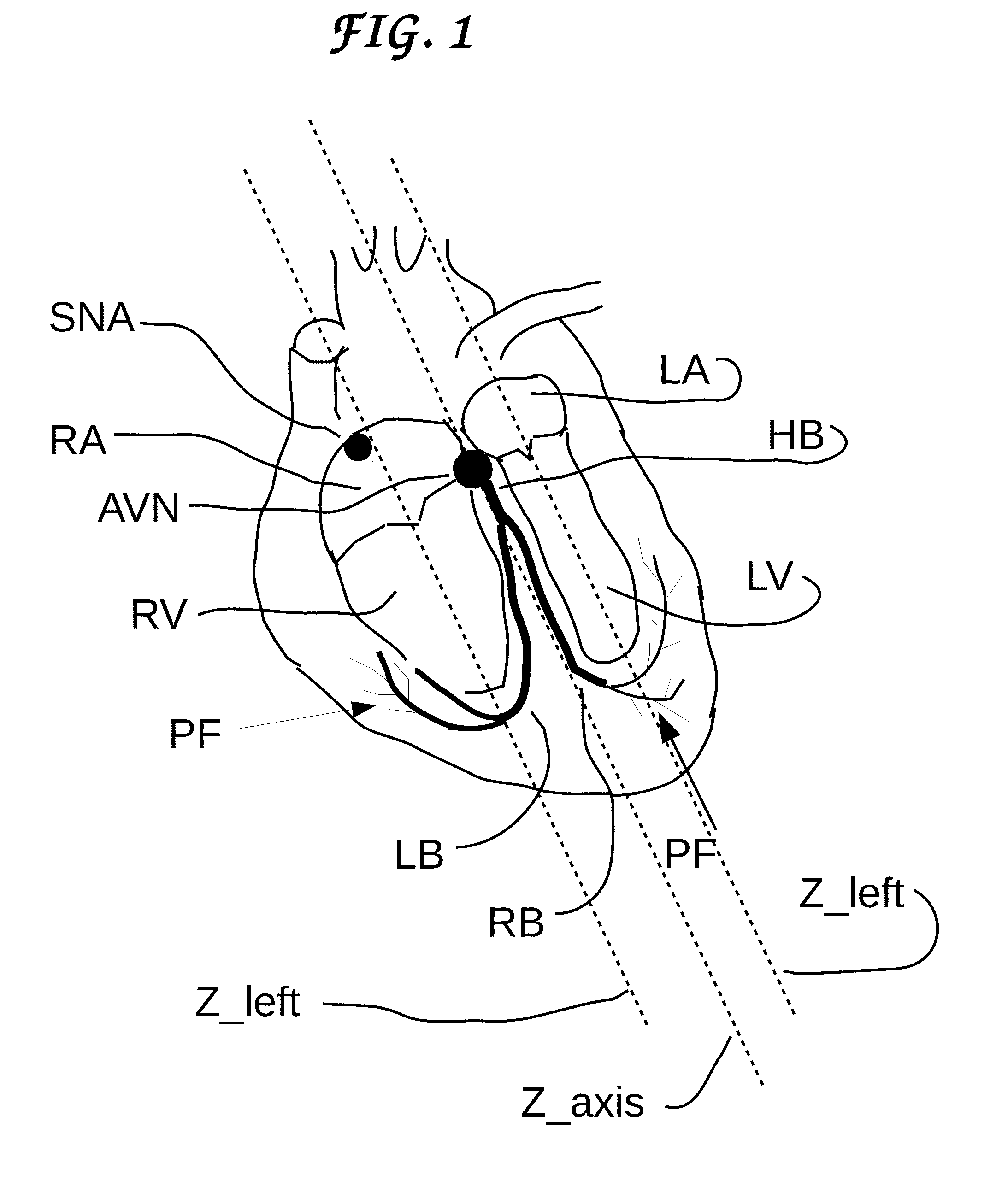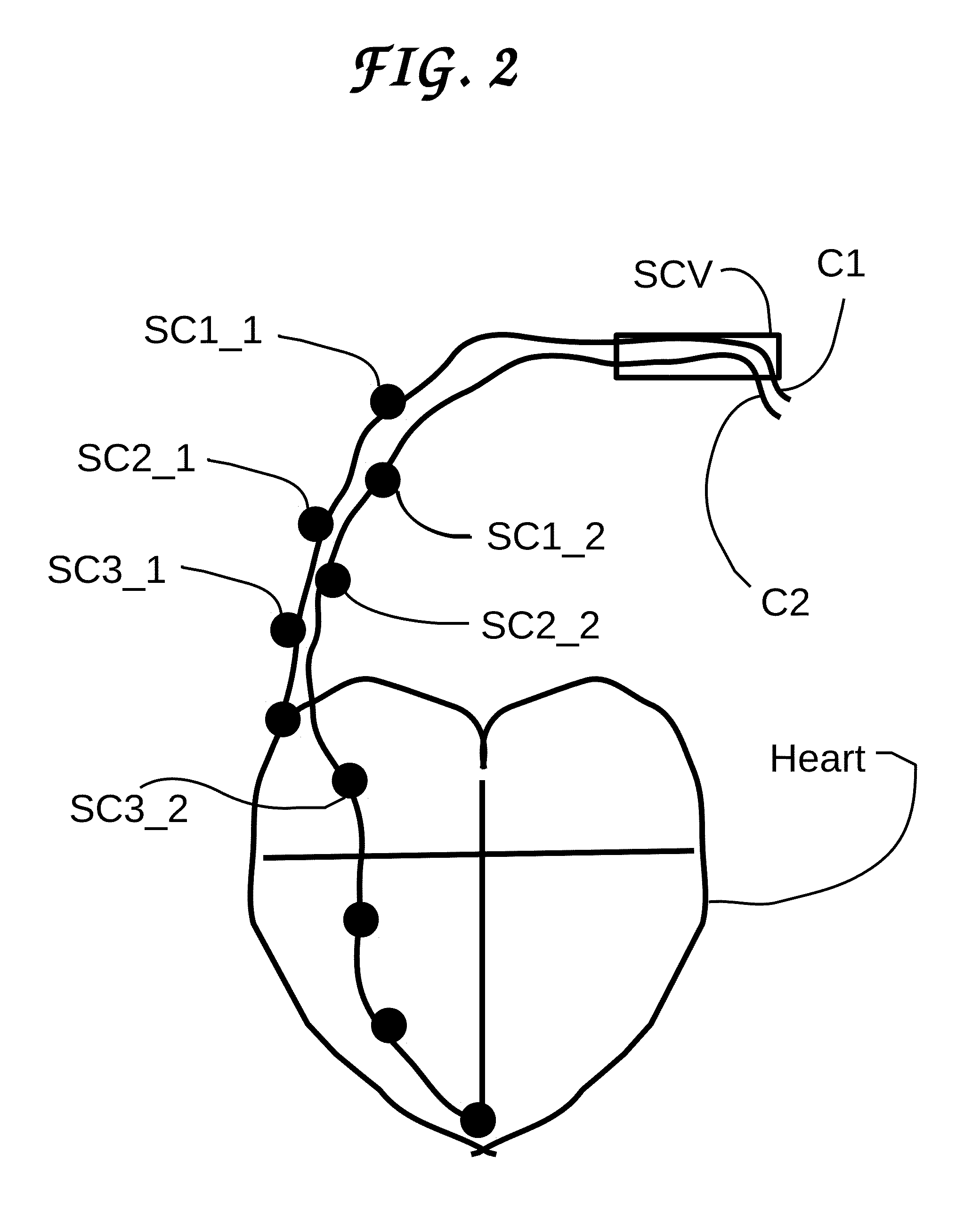Cell electric stimulator with separate electrodes for electrical field shaping and for stimulation
a cell electric stimulation and electrode technology, applied in the field of cell electric stimulation, can solve the problems of insufficient pumping efficiency, small pumping fraction, and inability to accurately predict the time delay of the electric pulse, and achieve the effect of saving pumping efficiency and reducing the cost of electric pulse delay
- Summary
- Abstract
- Description
- Claims
- Application Information
AI Technical Summary
Benefits of technology
Problems solved by technology
Method used
Image
Examples
Embodiment Construction
[0060]In the following we are introducing some terms with precisely defined meaning which we clarify here: these are passive electrodes, active electrodes, supercapacitors, picafina, piquita, planarium. Passive electrodes are electrodes which are capable of creating electric field lines, but not capable to inject electric current in the space surrounding them. Physically, and this is most important for this patent, what characterizes an electrode as passive is that it is covered by an electric insulating layer. The insulating layer prevents any electric charge from leaving the electrode to the outside of the supporting structure, whether a picafina, a piquita, a planarium or any other type. The reader should keep in mind that electrical insulators do not prevent the electric field lines from existing past the insulating layer covering the passive electrodes, but only prevent the electric charges from penetrating them, and, consequently, the passive electrodes are perfectly capable o...
PUM
 Login to View More
Login to View More Abstract
Description
Claims
Application Information
 Login to View More
Login to View More - R&D
- Intellectual Property
- Life Sciences
- Materials
- Tech Scout
- Unparalleled Data Quality
- Higher Quality Content
- 60% Fewer Hallucinations
Browse by: Latest US Patents, China's latest patents, Technical Efficacy Thesaurus, Application Domain, Technology Topic, Popular Technical Reports.
© 2025 PatSnap. All rights reserved.Legal|Privacy policy|Modern Slavery Act Transparency Statement|Sitemap|About US| Contact US: help@patsnap.com



